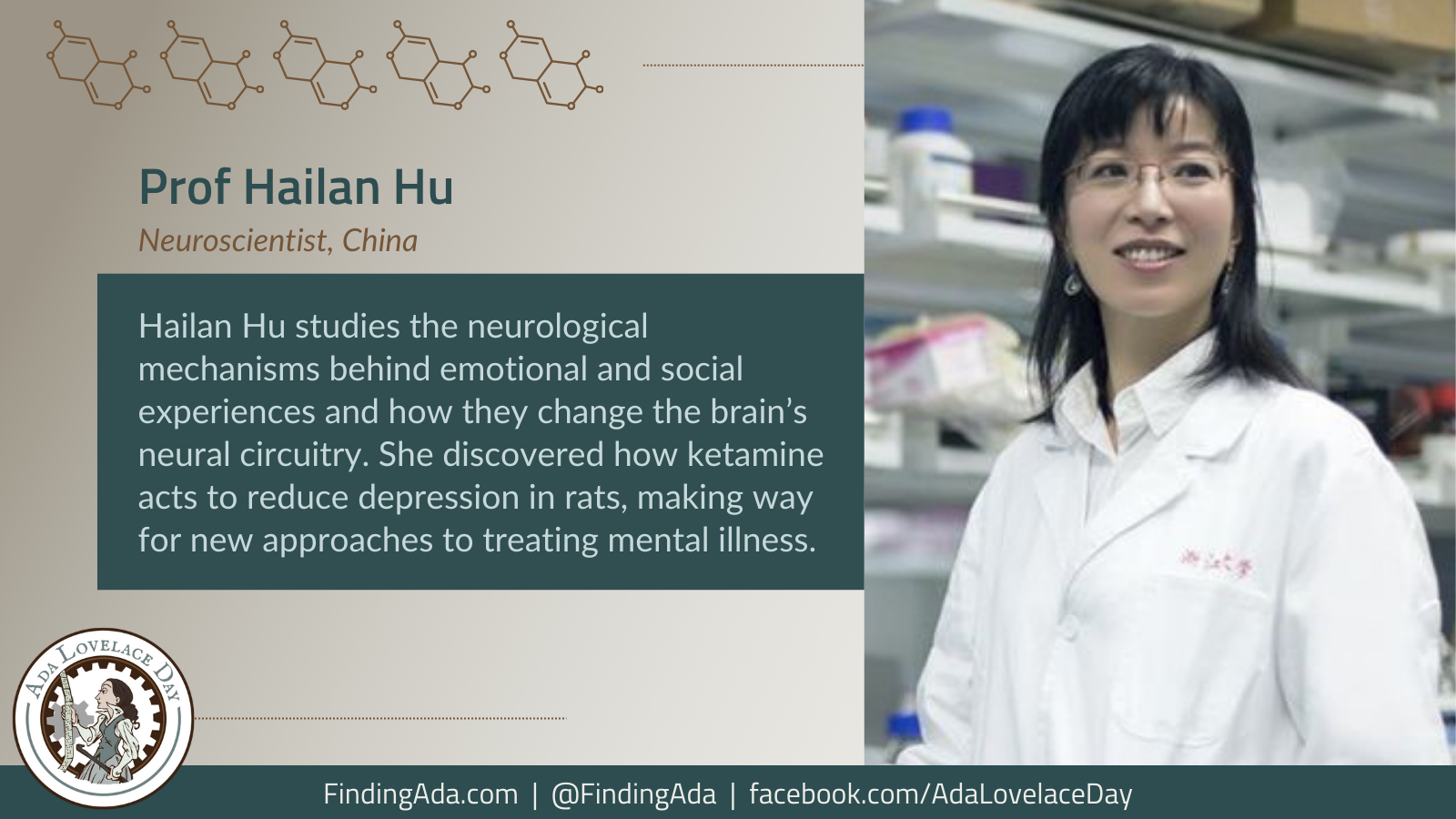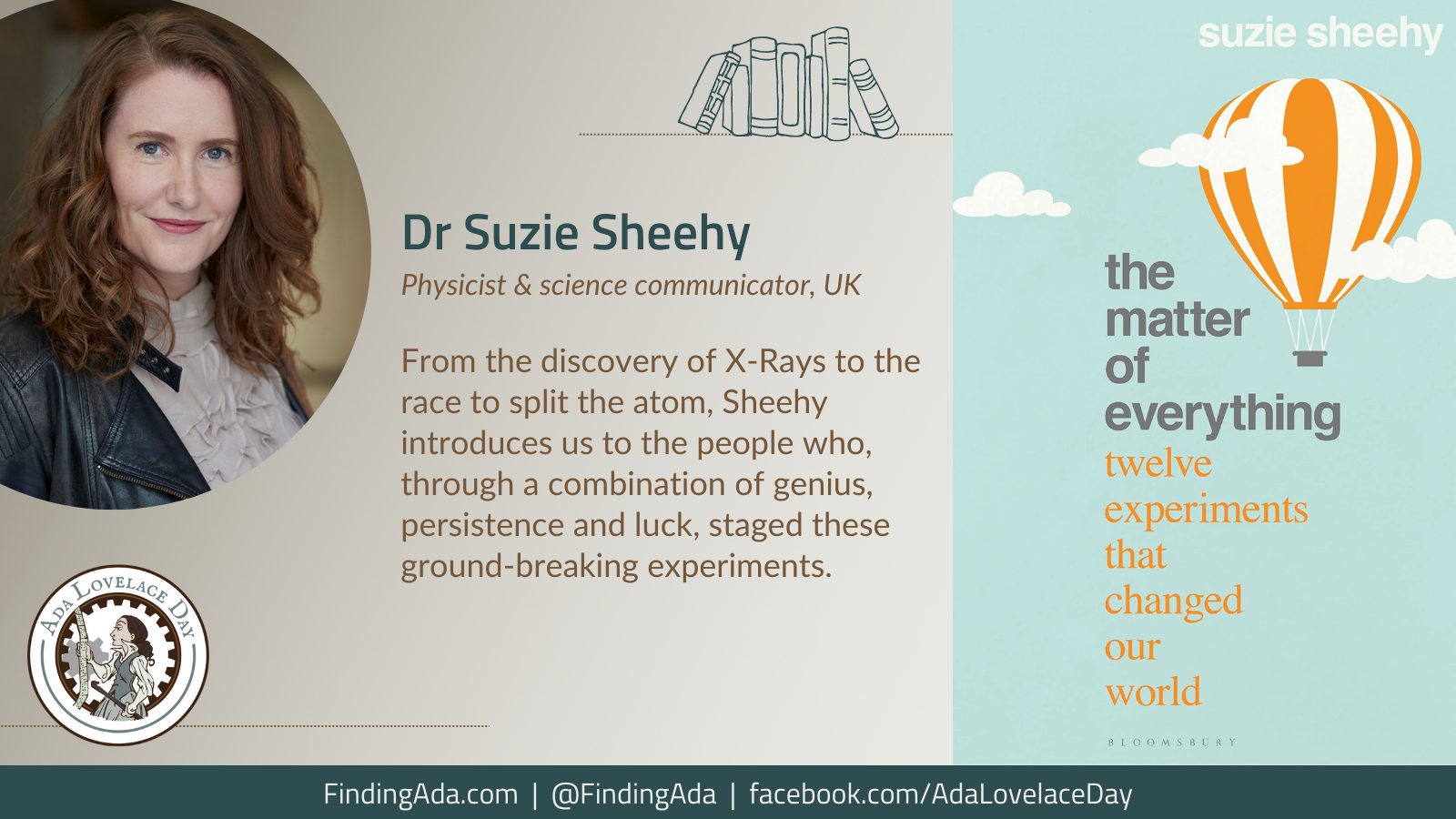
Prof Janaki Ammal
Prof Janaki Ammal was born in 1897 in Kerala, India. She completed her undergraduate study at Queen Mary’s College, Chennai, and an honours degree from Presidency College before going to the USA to earn her master’s degree in botany in 1926, and a few years later her doctorate, from the University of Michigan.
After spending two years as a professor at the Maharaja’s College of Science in Trivandrum, she joined the Sugarcane Breeding Institute in Coimbatore. Her research focused on improving native Indian sugarcane species, which was not as sweet as the Saccharum officinarum plants the country was importing from Java. By cross-breeding dozens of plants to create hybrids in her laboratory, she developed a strain that yielded more sucrose and would grow well in tropical Indian conditions.
Unfortunately, as a single woman from a caste considered low, Ammal faced prejudice from her male colleagues, and she returned to the UK in 1940. She worked with Cyril Dean Darlington at the John Innes Institute and, over the course of five years, they wrote the Chromosome Atlas of Cultivated Plants, which records the chromosome number of around 100,000 plants and which is still a core text for modern plant scientists.
In 1946, Ammal joined the Royal Horticultural Society in Wisley as a cytologist, studying the structure and function of cells, and their first salaried female staff member. There, she studied the chromosomes of a wide number of garden plant species to better understand their evolution and varieties. She was particularly interested in magnolia, and several of her shrubs still survive at Wisley today.
She treated some magnolia seeds with a solution of colchicine, a drug usually used to treat gout, which resulted in the seedlings doubling the number of their chromosomes. The seedlings grew faster, showed variations in their leaf texture and developed longer-lasting flowers. One of her varieties, which has white petals and purple stamens, is named Magnolia kobus ‘Janaki Ammal’.
After World War II, she returned to India to become the first director of the Central Botanical Laboratory at Allahabad and manage the Botanical Survey of India, which had been established in 1890 to collect and catalogue India’s flora.
India had suffered some widespread famines in the 1940 during which millions died, and the Indian government was deforesting vast swathes of land, much to Ammal’s distress. She became much more active in working to protect India’s flora, in particular trying to ensure that Indian scientists had access to specimens collected from their own country. She was also instrumental in stopping a hydroelectric dam that would have flooded the botanically diverse Silent Valley. She headed a chromosomal survey of the Valley’s plants, and eventually the government shelved the project.
The Indian government awarded her the Padma Shri, the country’s fourth-highest civilian award, in 1977. In 1999, two awards were named after her: The EK Janaki Ammal National Award on Plant Taxonomy and EK Janaki Ammal National Award on Animal Taxonomy. And in 2019, a rose was named after her.
Further Reading
- Janaki Ammal, Wikipedia
- Janaki Ammal, History of Scientific Women
- Do You Know the Botanist Janaki Ammal, She of the Magnolia Kobus Fame?, Sharanya Dutta, The Wire, 21 Oct 2016
- Meet India’s First Woman PhD in Botany – She Is The Reason Your Sugar Tastes Sweeter!, Sanchari Pal, The Better India, 16 November 2016
- The Pioneering Female Botanist Who Sweetened a Nation and Saved a Valley, Leila McNeill, Smithsonian Magazine, 31 July 2019
- Rose named after Janaki Ammal, John Innes Centre, 5 June 2019
- Janaki Ammal And The Fight For India’s Botanical Future, Dale Debakcsy, Women You Should Know, 28 October 2021
- Meet The First Indian Woman Botanist – Janaki Ammal, Ria Das, She The People 22 January 2022




